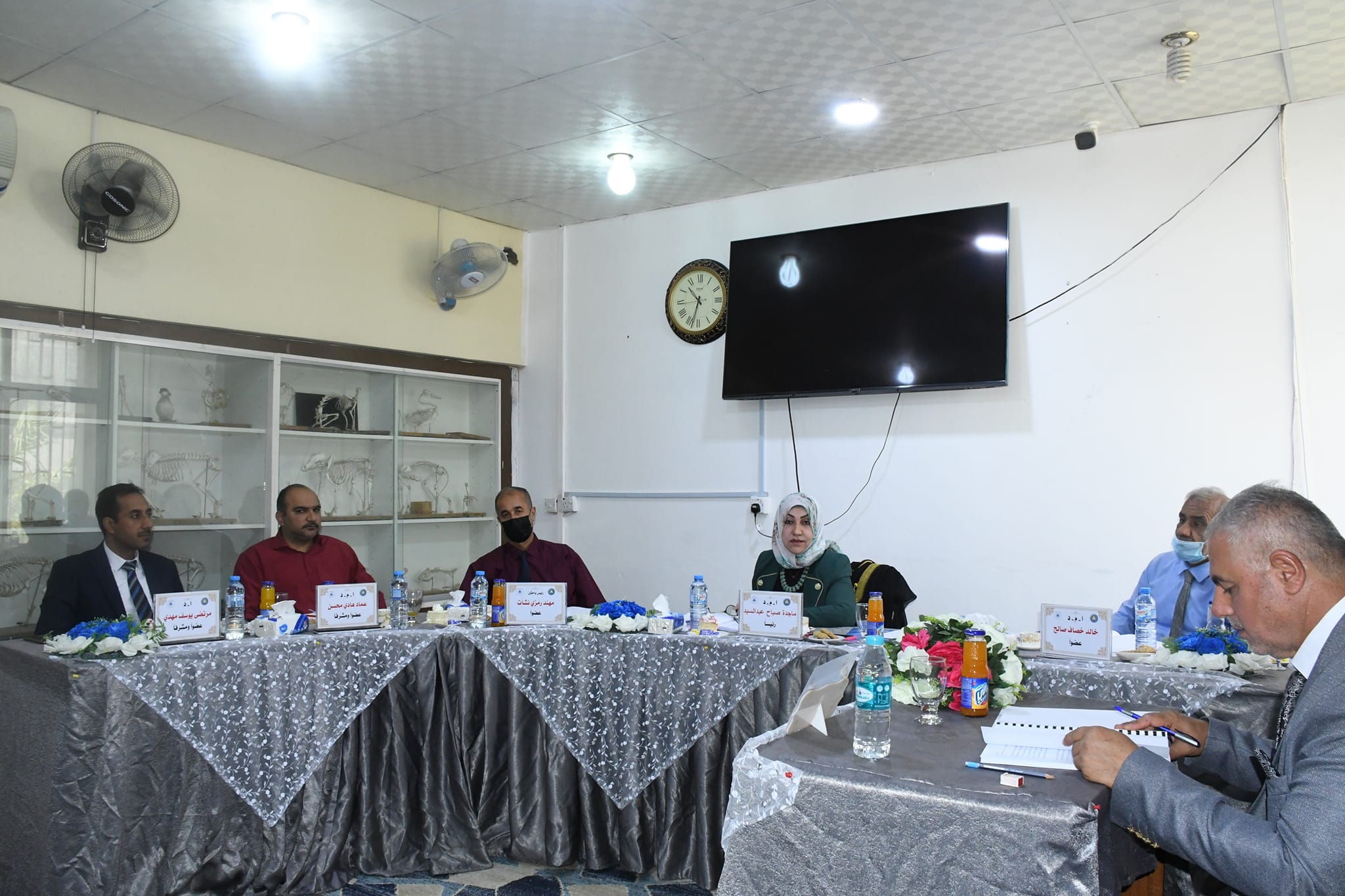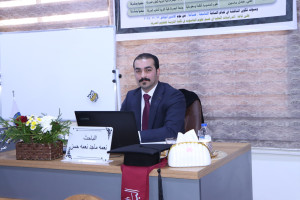
The College of Education for Pure Sciences, Department of Biology, University of Basra, discussed the biodiversity of annelids and its relationship to elemental pollution in the Shatt al-Arab.
The message presented by the researcher (Hassan Badr Abdel-Aali) included
Diagnosis and description of ringworms in selected areas of Shatt Al-Arab
And estimation of the concentrations of some heavy metals in the sediments of the specified sites in Shatt Al-Arab
And to determine the extent of the effect of heavy metal concentrations in sediments on the presence and density of ringworms at the bottom of the studied areas
The study identified three types of worms, two of which belong to the genus Polychaeta, which are dendronerides heteropoda and namalycastis indica, and the type belongs to the clade of clitellates under the genus Limnodrilus hoffmeisteri.
The concentrations of 12 heavy elements were also measured, and a range of environmental factors such as temperature, ph, dissolved oxygen and salinity were also measured.
The study concluded
The changes in environmental factors and the direct discharge of industrial and household pollutants into the Shatt al-Arab waters had a negative impact, leading to the disappearance of many types of ringworms.
Salinity has a significant impact on the displacement of non-tolerant species, and there is no effect of the elements according to their concentrations that appeared during the study, so they have an effect when they interfere with environmental factors








